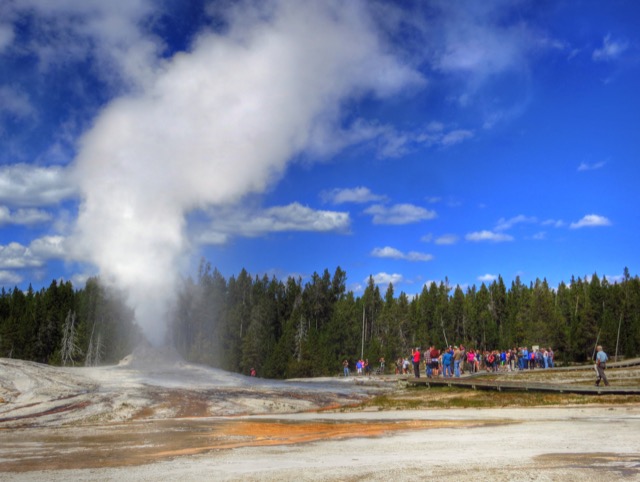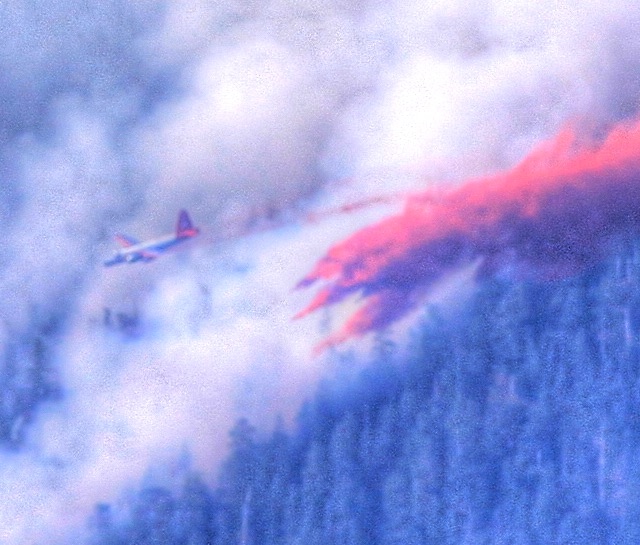A lengthy report in the Seattle Times reveals just how out of control the Forest Service’s fire program has become. Rather than a subprogram aimed at protecting the national forests and adjacent lands from fire damage, fire has become the agency’s main driver and raison d’être.
According to the Times, to control a fire in the Lake Chelan National Recreation Area, the agency cut hundreds of acres of old-growth trees to form a ten-mile long fire line. As it turned out, the fire was put out by rain long before it reached the fire line, but the agency continued to cut the fire line even after it began to rain. Fisheries biologists and other resource specialists within the agency protested the cutting to no avail.
“One of the problems with fire fighting is a mentality completely takes hold that pretty much you are going to double down on things just simply because you want to protect your rear,” forest ecologist Jerry Franklin told the Times. “It is very characteristic, they just freak out. Basically in a sense it’s war. And you don’t worry a whole lot about side effects. It is what’s called collateral damage.”









